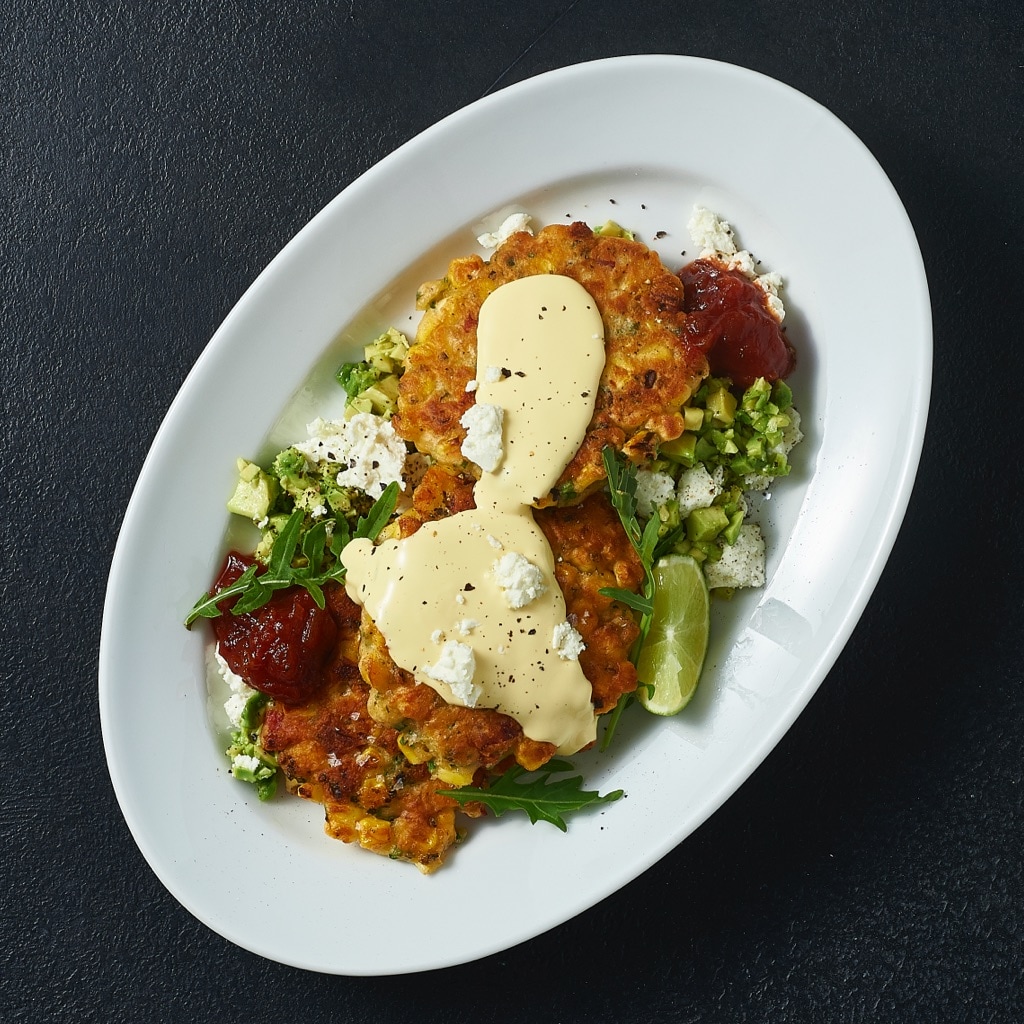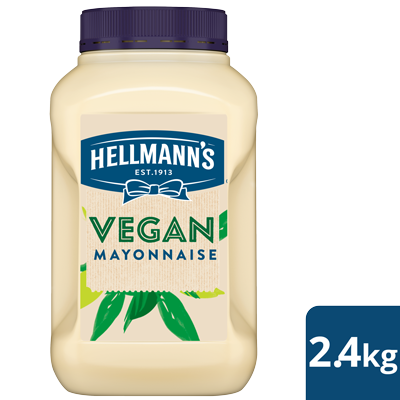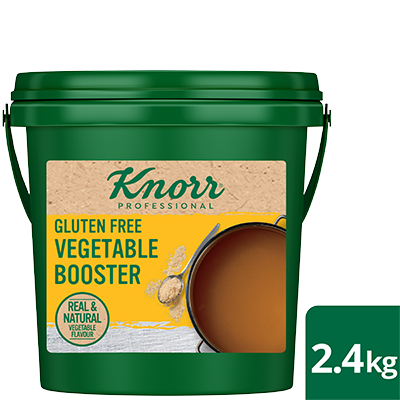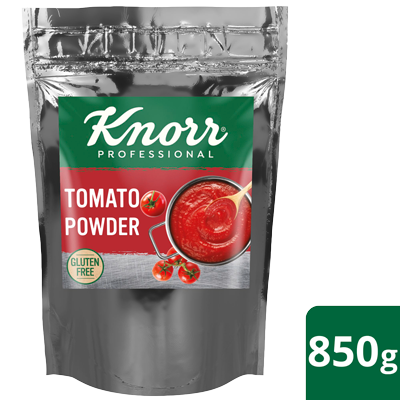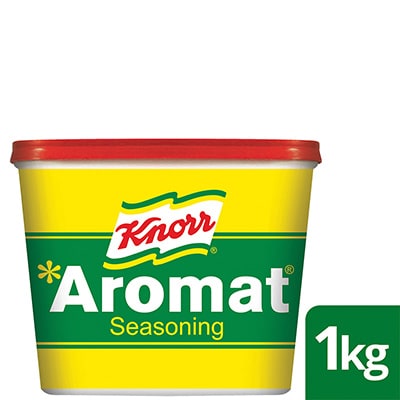Posted on Wednesday, 15ᵗʰ September, 2021
Plant-based foods and diets are operating in a fast-moving space. It seems only a short time ago that authentic meat replacements were capturing headlines; yet now we’re seeing a variety of exciting approaches to protein substitutes that encompass mouthfeel, flavour and visual appeal.
So, what’s next for plant-based foods as they infiltrate the mainstream and become a growing choice among diners?
We have identified seven trending topics driving the next wave of plant-based innovation.

Increasingly, cafés and restaurants are dealing with custom requests that can be time-consuming to execute and, therefore, cost prohibitive.
For those kitchens, one-for-one substitutes are a game-changer. Put simply, these are substitute ingredients that behave in the same way as the ingredient they are replacing, and only require the swapping out and swapping in of a single ingredient.
While the benefits to the diner are obvious—an appetising meal that makes no compromise on taste—one-for-one ingredient substitutes are a boon for kitchens because they make customising an existing menu item quick and easy.
Key takeaway: As one-for-one ingredient substitutes emerge, meeting dietary requests will become easier and less costly.


The language we use around plant-based dishes is moving away from buzz words, such as ‘organic’, ‘cruelty-free’ and ‘sustainable’, to more appetising terms, such as ‘tasty’, ‘filling’ and ‘delicious’.
This is an important shift as it puts the focus on mouthfeel, flavour and satisfaction rather than just the ethical attributes of these foods. It also reflects a maturing of the sector, where cold and descriptive terms are replaced by more positive and expressive menu language.
As plant-based diets move slowly but surely out of the niche lifestyle realm and into the mainstream, the way we describe meals will increasingly take on a more familiar style of foodie phrasing; think terms such as crispy, chargrilled, homemade, roasted and seasonal.
Key takeaway: Re-visit the language of your menu to make certain it is as appetising as it is informative.


Egg and fish substitutes have been late to the plant-based party due to complexities in finding acceptable flavour, mouthfeel and behaviour in food preparation. This is changing and diners will soon expect plant-based egg and fish options at their favourite venues.
The market for plant-based eggs is being driven by the twin forces of veganism and health. Typically comprising mung beans, potatoes or chickpeas as key ingredients, plant-based eggs have the potential to reduce our reliance on the resource-heavy animal egg sector, and are now at the point where they taste, cook, and function like traditional eggs.
Developments in fish substitutes are also occurring at a rapid rate, with the Asian konjac root often the base for a range of seafood substitutes that are making it difficult for consumers to tell plant-based alternatives apart from real fish.
Key takeaway: Traditionally tricky proteins including egg and fish will soon have plant-based alternatives that boast authentic taste and cooking behaviour. These substitutes are set to open up great opportunities for inventive chefs to expand their plant-based horizons.


While Australians and New Zealanders are embracing plant-based diets in growing numbers, those who choose to completely forgo meat are still comfortably in the minority at around 10% of our respective populations.
However, data supports the idea that a wider section of the community is taking active steps to reduce its meat consumption.
This has created fresh demand for the likes of meat patties, sausages and bolognaise that are blended and bulked-up with vegetables. Broccoli, carrot, cauliflower, zucchini and mushrooms are great choices for the job because they offer texture and neutral flavours to complement your meat of choice. Additional benefits to venues of vegetable bulk-ups include cost reductions and the ability to promote the environmental advantages of the dish.
Prominent Australian chef Adam Liaw advocates, at a minimum, using the same ratio of vegetables to meat in his bolognaise dishes.
Key takeaway: Not everyone wants to completely do away with meat in their diet, but a growing number wish to reduce their consumption of animal proteins. With a bit of creativity, you can flip the script and offer veggie-based dishes with a little meat on the side.


While they might be among the humbler garden vegetables, the versatility of cruciferous veggies has seen their stocks rise in a big way recently. These nutrient-dense superfoods can work either as adaptable substitutes or focal points for a host of dishes.
The likes of cauliflower, broccoli, cabbage and turnip can be anything from the star attraction in a cheesy pasta dish to playing a support role in muffins, on pizzas or as part of a salad.
A fabulous attribute of cruciferous veggies is their mild taste, which means they can add bulk and texture to a meal while successfully absorbing the flavour of surrounding ingredients and sauces. This makes them great options for a curry, stew, dahl or stir-fry.
Key takeaway: Traditional garden staples that have been overlooked for funky and exotic superfoods are finally getting their moment in the sun, thanks to their ability to bulk-up a dish, mild flavour profile and natural versatility.


Commercial kitchens and foodservice manufacturers are always looking for ways to ‘plus up’ meals in response to consumer preferences and, right now, there’s no bigger buzz than that around gut health.
The connection between the gut and overall wellbeing means diners are becoming wise to the ingredients that support their general health. Beans, lentils and chickpeas—collectively known as pulses—and colourful veggies support good gut health and are likely to be sought out by more and more diners.
Other gut-friendly plant foods include those that are fermented, such as the cabbage-based sauerkraut, while the likes of asparagus, garlic, leek and onion contain naturally occurring prebiotics that fuel a healthy gut.
Key takeaway: Diners are becoming increasingly aware that eating a diverse range of plant-based foods supports the microbes that comprise a healthy gut.


We don’t necessarily first think of desserts when it comes to considering ways to reduce our reliance on animal-based ingredients. Yet, our sweetest delicacies are typically loaded with the likes of cream, eggs and milk.
Plant-based desserts are slowly shrugging off their reputation for underwhelming taste and texture. Chefs are replacing butter with coconut oil for a similar fat profile, dairy cream with coconut cream for its whipping properties and cow’s milk with almond milk for its creamy texture.
Key takeaway: From ice cream with oat milk, almond milk or sunflower butter base to chocolate made from raw cacao and cocoa butter, dairy-free desserts are set to become big business as the plant-based revolution makes its move into the last course.



Newtown eatery Vandal describes itself as dishing up ‘unauthentic Mexican’ as a way of characterising its plant-based take on Latino fare. It’s a sign of the times that there is a vibrant market for a 100% vegan offer based on a niche cuisine, and a pointer to how deeply plant-based diets are infiltrating the mainstream.
Vandal makes liberal use of meat replacement plants, such as mushroom and cauliflower, and natural flavourings, such as chipotle tahini, to create filling meals that pass the taste test.
Unashamedly vegan dishes—chargrilled corn and wild mushroom quesadillas—are complemented with hearty twists on traditional animal-based meals, like tostadas that use jackfruit instead of pulled pork and a carne asada taco that employs chargrilled seitan to replace the traditional sliced beef strips.
Notably, Vandal’s meal and set menu prices are at the low end of the scale, testimony to the cost reductions a kitchen can achieve with plant-based ingredients.
Top recipes
-
Middle Eastern Falafel Sandwich -
Sweet Potato Bhaji and Korma Dip -
Moroccan vegetable stew -
Kimchi Cream Eggplant Tacos -
Crispy Mexican Jacket Potato -
Spanish Corn Fritters -
Zesty Spiced Chips -
Grilled Halloumi "Schnitty" Salad -
Pizza Napolitana -
Miso Fried Cauliflower and Brussels Sprouts -
Hearty Roasted Cauli -
Miso Marinated Tofu Bowl -
Furikake Cauli Burger -
The Earth Burger
Related Products
Log in or Create an account to access:
- Get access to this content
- Discover the latest culinary trends
- Explore and save your favourite recipes
- Watch free video training courses for chefs








